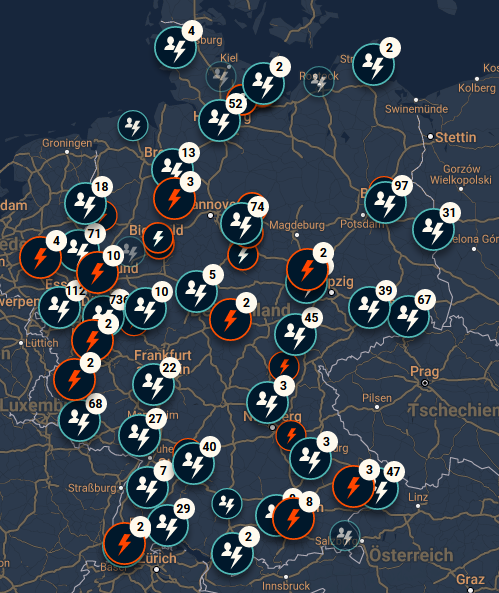Causes, Effects, and Solutions for Power Outages

Introduction
Power outages are a common occurrence that can significantly disrupt daily life, business operations, and even threaten public safety. As weather patterns become increasingly unpredictable due to climate change, understanding the factors leading to power outages, their impact on communities, and how to prepare for them becomes more important than ever.
Recent Trends and Statistics
A report from the Canadian Electricity Association indicates that power outages have increased by over 50% in the past decade. Severe weather events, such as ice storms, hurricanes, and wildfires, account for a significant portion of outages. Remote areas are particularly vulnerable, but urban centers have also faced challenges due to aging infrastructure and increased demand on electrical grids.
Causes of Power Outages
Power outages can stem from various sources:
- Weather Events: Storms and extreme weather can down power lines and damage substations.
- Equipment Failures: Aging transformers and cable malfunctions can lead to unplanned outages.
- Human Intervention: Accidents, vandalism, and wildlife interference can also impact electrical systems.
Impact on Communities
The effects of power outages can be profound. Homes may lose heating or cooling, leading to discomfort or health risks. Businesses often suffer revenue losses due to shutdowns, while critical services, like hospitals and emergency responders, may struggle to operate without backup power. According to a study by the Institute for Catastrophic Loss Reduction, power outages can cost the Canadian economy upwards of $20 billion annually.
Preparing for Power Outages
Mitigation strategies are vital for both individuals and communities. Here are some recommended steps:
- Emergency Kits: Keep a supply of food, water, batteries, and medical supplies.
- Backup Generators: Consider investing in generators for business or home use.
- Stay Informed: Sign up for alerts from local utility companies about outages and expected restoration times.
Conclusion
In conclusion, as power outages become more frequent due to various factors, understanding their causes and impacts is essential for preparedness. By taking proactive measures, communities and individuals can minimize the adverse effects of power interruptions. Investing in infrastructure improvements and community awareness programs will play a crucial role in reducing vulnerability to future outages. Awareness and readiness can empower citizens to stay connected even when the lights go out.


